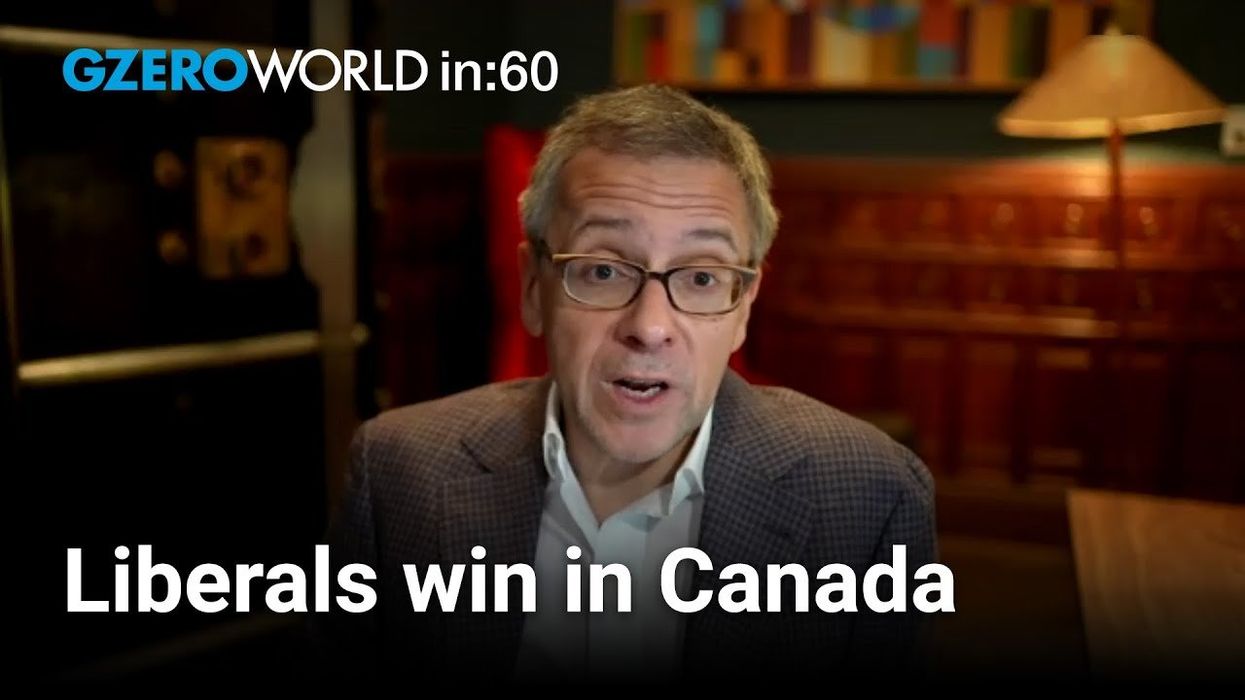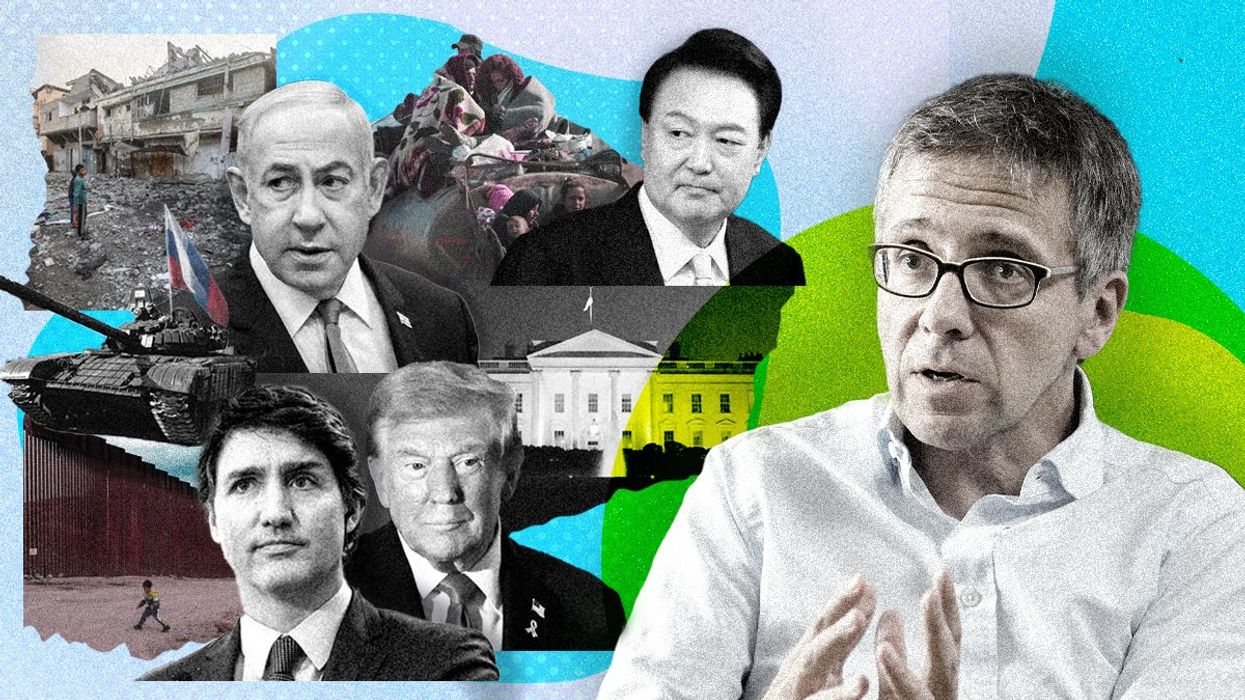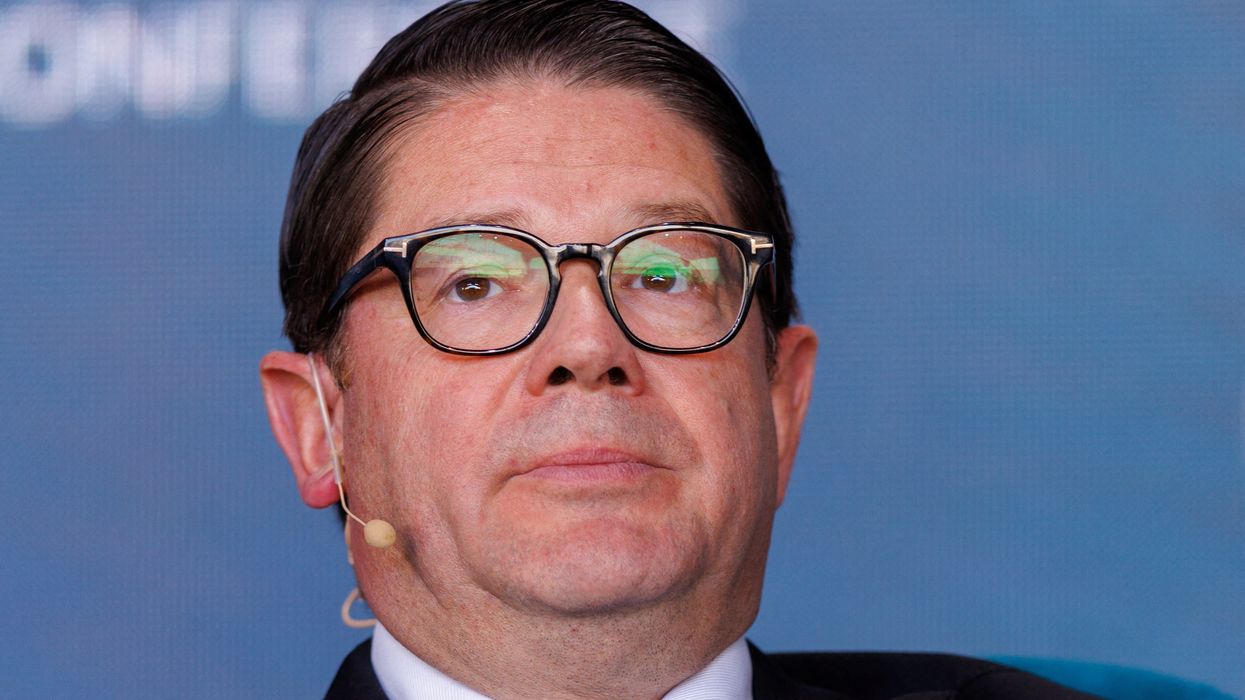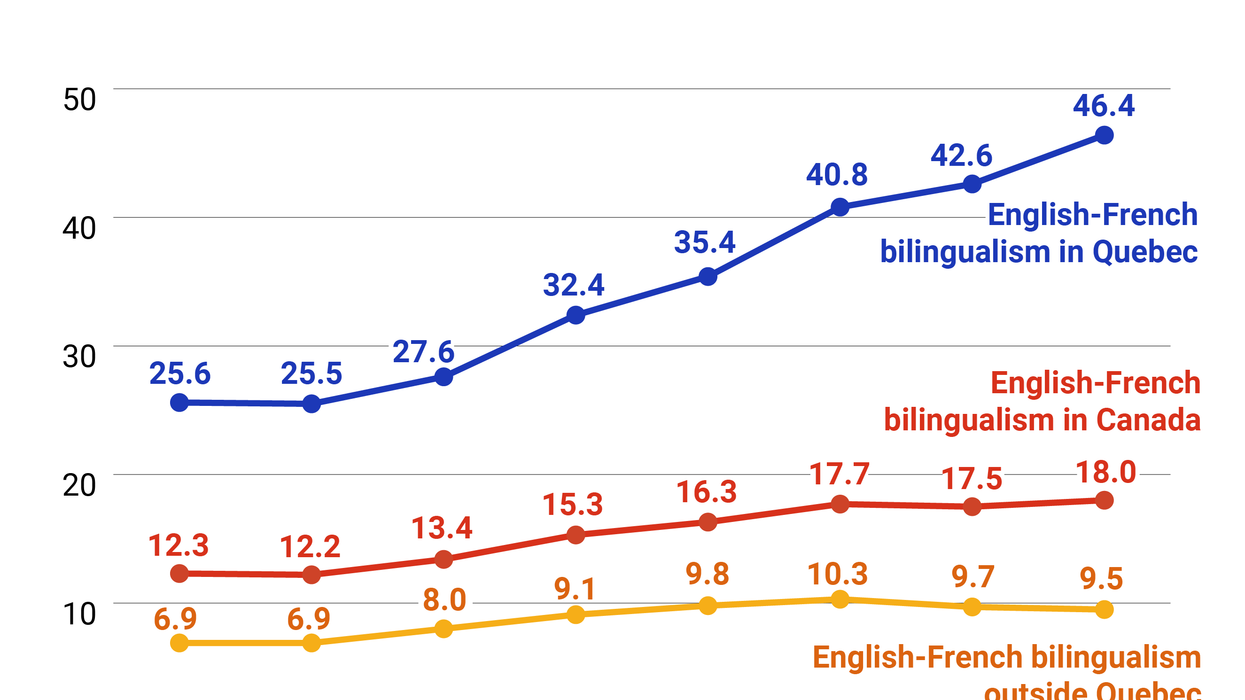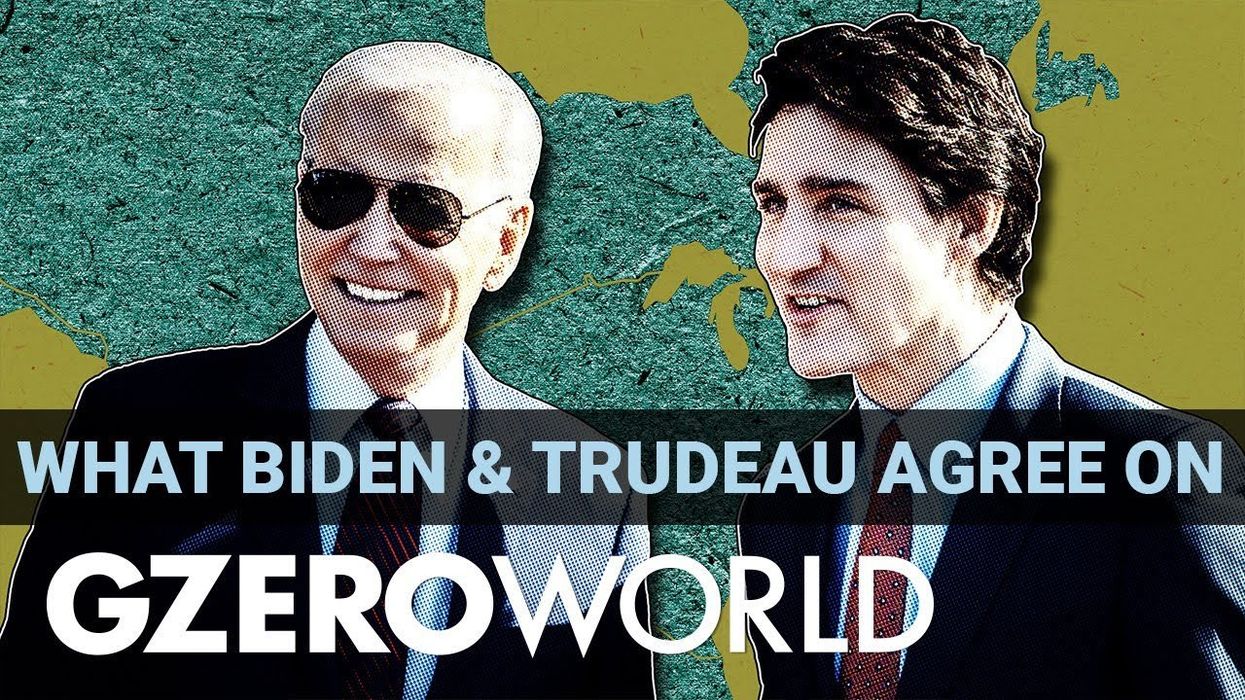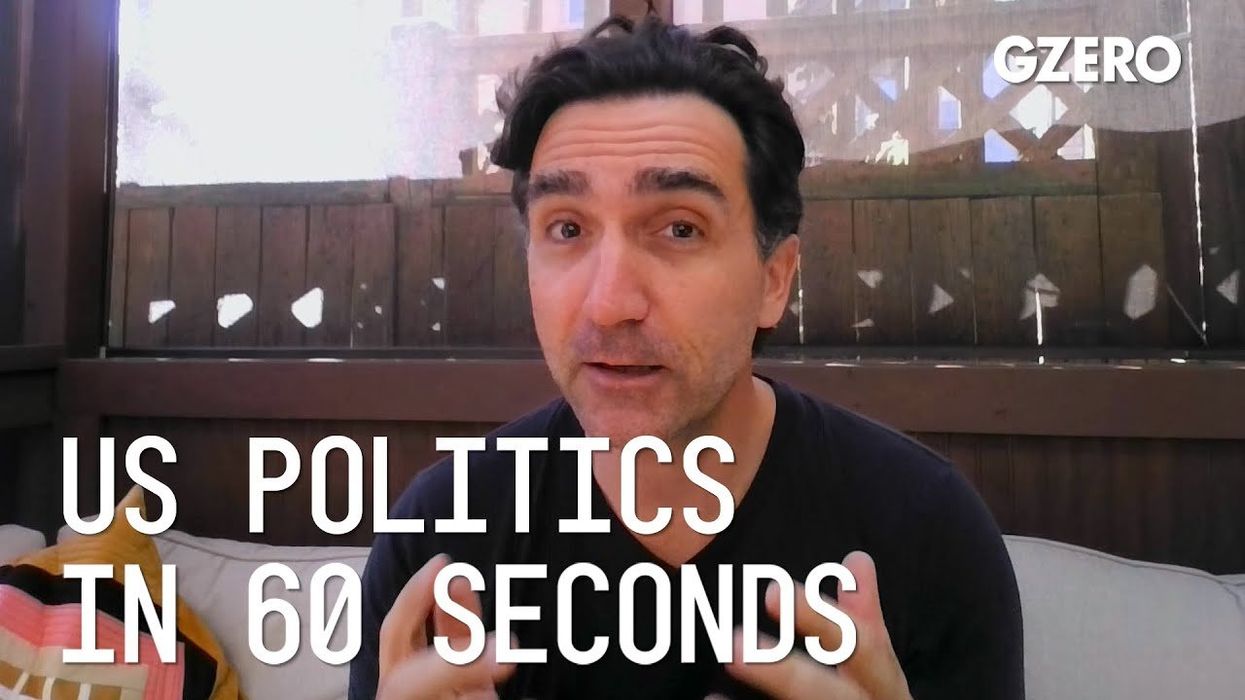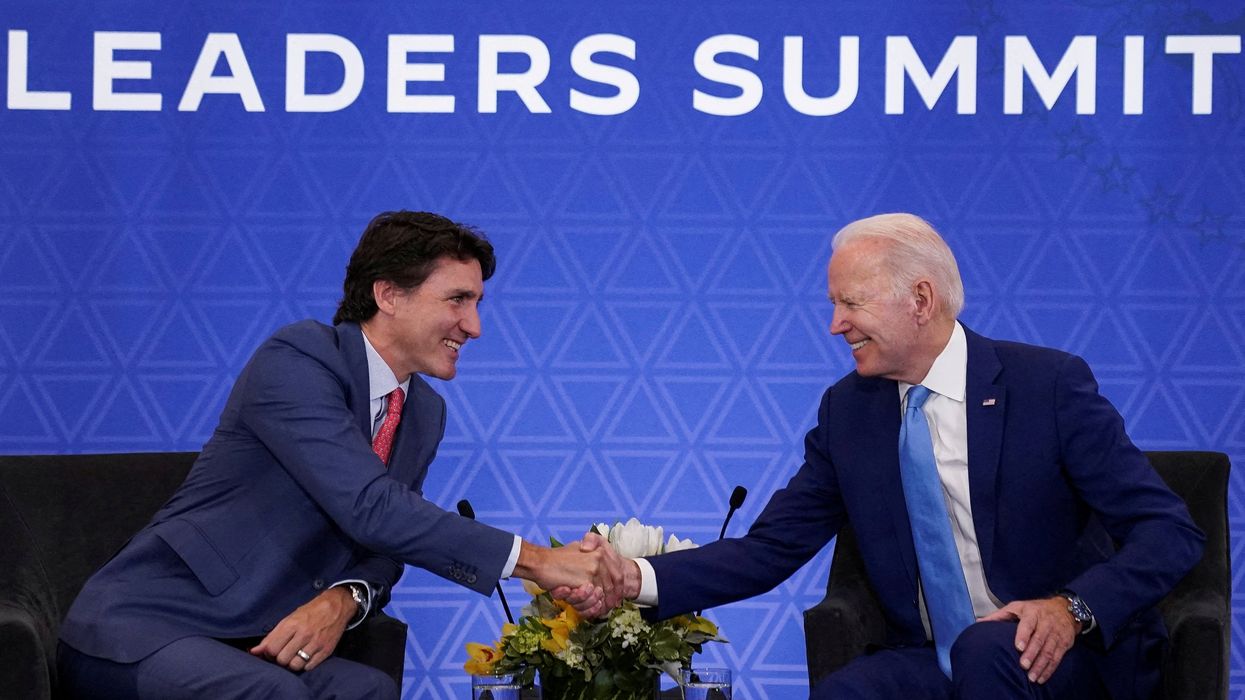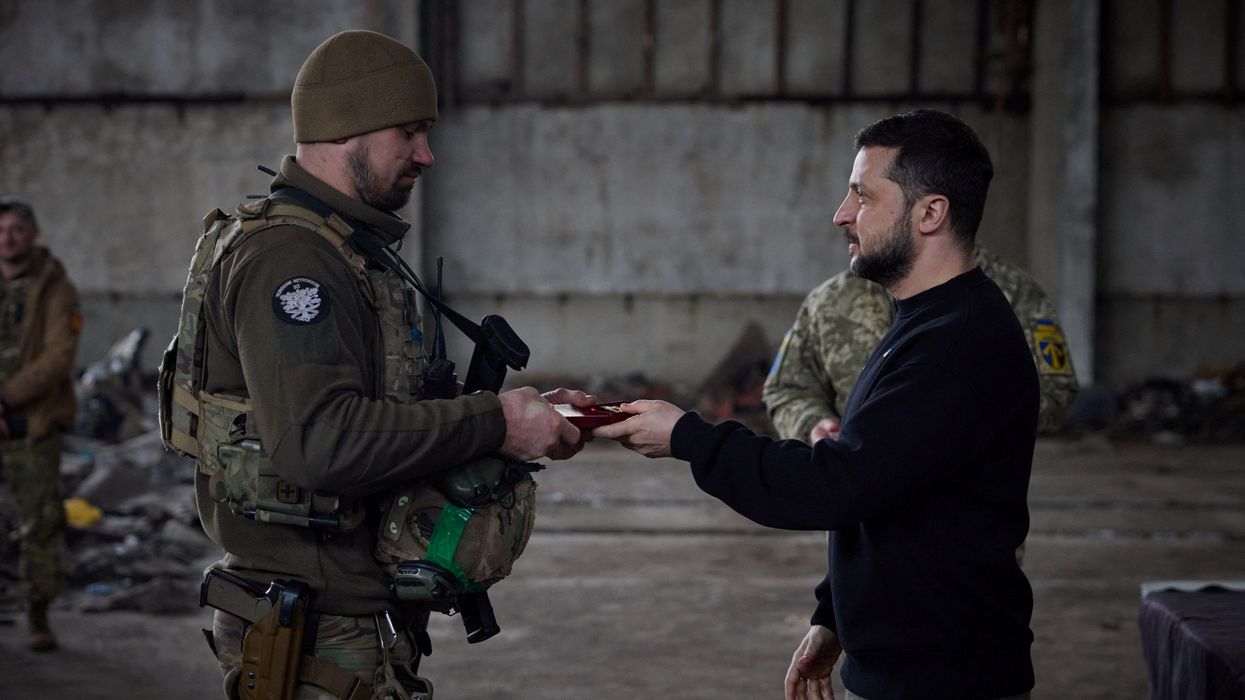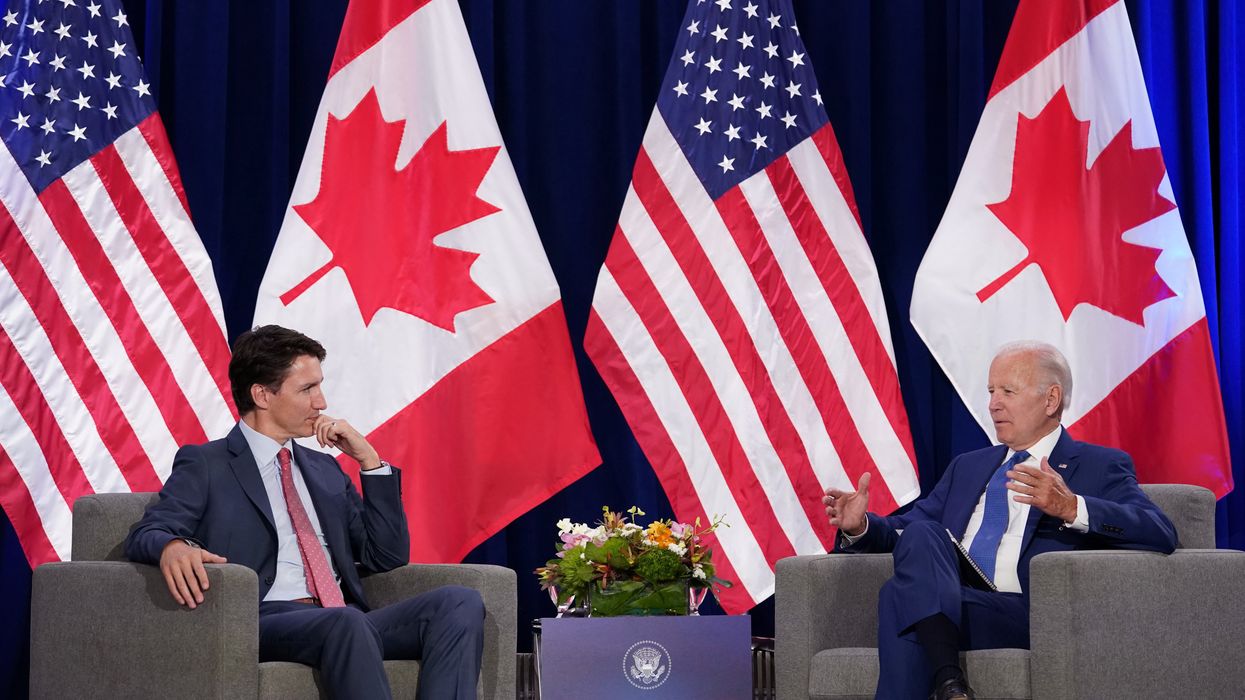ask ian
Why Mark Carney’s victory won’t heal the US-Canada rift
Mark Carney leads the Liberals to victory in Canada. So, what's next for the US-Canada relationship? The conclave will pick the next pope. How is it relevant for the wider geopolitical landscape? Ian Bremmer shares his insights on global politics this week on World In :60.
Apr 29, 2025
